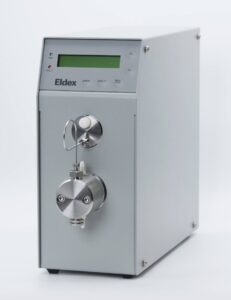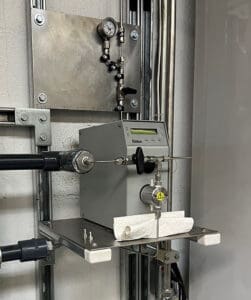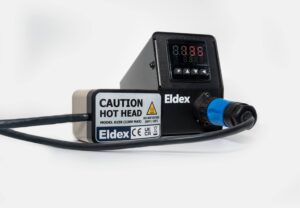Best Practices for Extending the Life of Your Reciprocating Piston Pump
A high-quality reciprocating piston metering pump should give you years of trouble-free service. We regularly hear accounts of customer use of over a decade. Variables such as fluid corrosiveness or system pressure may impact the longevity of pump maintenance intervals. However, you can follow a few simple best practices to maximize the time between maintenance intervals and extend the overall life of your pump.
- CLEANING—Piston pumps are precision instruments designed to work at high pressures. Always keep your pump and work areas clean, mainly when replacing parts or performing pump maintenance. Small particulates such as dust or grime can interfere with check valve function and potentially lead to scratching of the piston or liquid end. Disconnect the pump from the power supply and wipe it down with a damp cloth. Clean all parts as needed, followed by a rinse, and clean any fluid at the mechanical end of the pump.
- REPLACE VALVE CARTRIDGES AS NEEDED—Take care to replace valve cartridges in a clean area to prevent dust and dirt from entering the pump. Remove the valve from the cylinder and press out the internal components of the valve assembly. Do not allow valve parts to fall out of the valve onto a hard surface. Reassemble the valve following the manufacturer’s instructions and reinstall the valve housing into the liquid end assembly, tightening by hand until just finger-tight. Then, use a wrench and tighten 1/4 of the turn. Do not exceed 4.5ft/lb of torque. Be careful not to overtighten, which can cause the sapphire seats to crack. Stabilize the valve with a second wrench when attaching your fittings to prevent further valve tightening.
- UTILIZE PISTON WASH SYSTEM—Piston seal life can often be significantly extended using the piston wash ports integrated into the pump head. (Example: Eldex ReciPro Optos Series pumps)
- TEST PISTON SEAL INTEGRITY—Regularly testing your seals against leakage is critical to repeatable operation and minimizing downtime. Not all leaks are noticeable, particularly at low flow rates. Place a wick or litmus paper up the drain slots just underneath the liquid ends to test. Remove it and frequently check for wetness or color changes to determine if a leak has occurred.
- REPLACE PISTON SEALS IF NEEDED—If you determine that a piston seal needs to be replaced, follow the manufacturer’s directions for installing a new one. Do not reuse the old piston seal, and use the appropriate installation tools supplied by the manufacturer to minimize piston damage. We have found that “breaking in” the seals with IPA or methanol for an hour or so under conditions similar to your expected operating conditions can enhance seal life, especially with metal-free seals.
- INSPECT THE SAPPHIRE PISTON—Check the sapphire for evidence of corrosion or deposits (discoloration or particulates) and clean with a nonabrasive cleaner. If the sapphire doesn’t come clean, you should replace the piston. It should be replaced if the piston has a scratch or significant corrosion on the stainless-steel piston holder.
- INSPECT THE RETAINER/WASH and clean if necessary. If there is evidence of wear, the piston does not fit snugly in the retainer/wash, or if the retainer/wash grips the piston too tightly, replace the retainer/wash. The rule of thumb would be the replacement of the retainer at a maximum of every three piston seal changes and with every piston replacement.
- INSPECT THE LIQUID END—Pay special attention to the gland for the piston seal. Any scratches or irregularities will require replacing the liquid end.
By following these best practices, you should be able to maximize the life of your piston pumps with minimal downtime and predictable performance over time. We hope these tips are helpful and would love to hear more about your work.
For more specifics on Eldex Optos Series pumps, you can review our Operations Manual and refer to page 21 for more details about maintaining our pumps.



